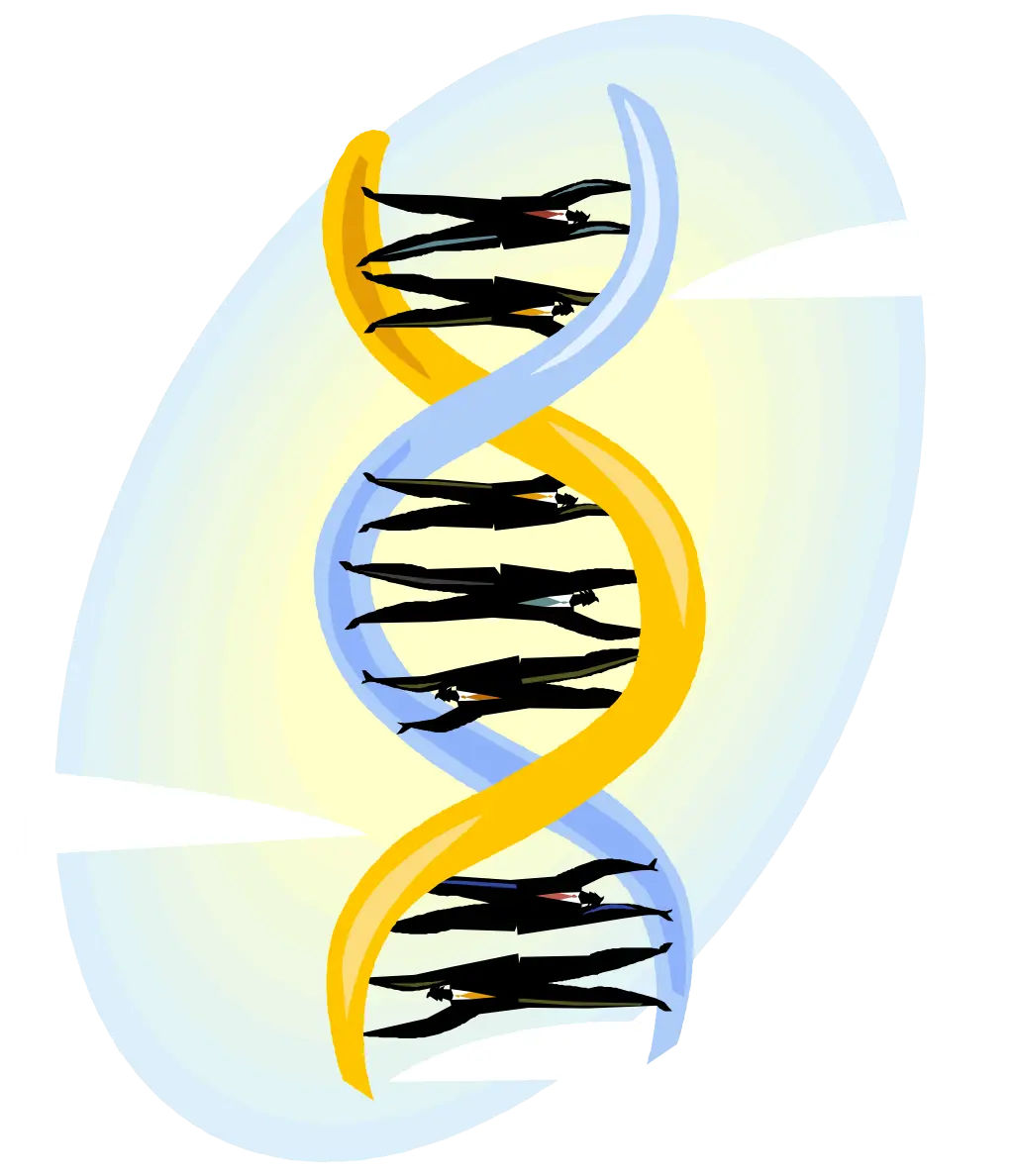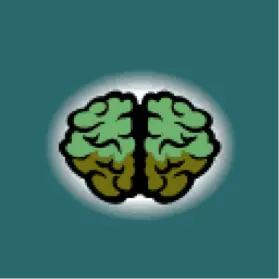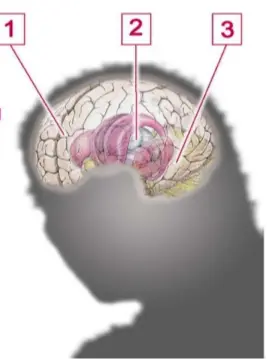Alcoholism
- Who is susceptible and Why?
Bio/Psycho/Social Model
- Individual who responds to alcohol in a certain way. Positive reward.
- Personality characteristics that encourage use. Impulsiveness.
- Member of social group where:
- A) pressure to drink. College Fraternity.
- B) confusion over drinking ground rules. Drink with meals or drink to get drunk?
Physiological Factors
- Biological susceptibility
- Genetic evidence
- Family history
- Children of alcoholics (COA)
- If the father is alcoholic, 25% of sons are affected.
- 5-10% of daughters are affected.
Genetic Evidence
- Twin studies
- MZ 100% genes
- DZ 50% genes
- Reared together
- Alcoholism in:
- 55% MZ twins
- 28% DZ twins

Adoption Studies
- Father alcoholic:
- 18% sons affected.
- Father non-alcoholic:
- 5% sons affected.
- Daughters less affected.
Males Particularly Susceptible
- Male limited. TYPE II alcoholism.
- More severe, early onset.
- Many negative consequences.
- Trouble with the law, at school, on the job.
- The environment plays less of a role but can lessen the severity.
- Adopted COA’s did better than those raised with an alcoholic parent.
Milieu Limited (Type 1)
- All women and 75% of men.
- Less severe, later onset.
- May not be treated.
- Personality factors are important.
- Reward seekers. Psych dependence.
- The environment plays a key role.
- Family and social groups.
- Intoxication as recreation.
- A good time depends on drinking.
What is Inherited?
- High initial tolerance.
- Different rate of metabolism.
- Alcohol → acetaldehyde → acetate → CO2 and H2O
- COA’s higher levels of acetaldehyde.
- Metabolize alcohol quicker.
- Hence higher tolerance.

Acetaldehyde Effects
- Acetaldehyde may combine with brain chemicals to give an opiate-like high.
- Acetaldehyde is also toxic to the liver and heart.
- Medical complications.

Brain Response to Novelty
- Brain waves to novel stimuli.
- P3 waves.
- Less reaction in alcoholics.
- And in COA’s before starting drinking.
- Need more stimulation?

Psychological Characteristics
- Related to biology?
- Reward seeking.
- Impulsive.
- Easily bored.
- Risk-takers
- Gregarious
- Push the limits
- Act out

Social Factors
- Alcoholism is high in some cultures, low in others.
- High-risk situations.
- Coping skills.
- Alcoholism is higher in cultures where:
- No ground rules.
- Mixed messages from different individuals and groups.
- Getting drunk okay? Funny?
- Heavy drinking is encouraged.
- Drinking is a sign of masculinity or adulthood.

How Alcohol Attacks the Brain
- A guide to the sequential damage alcohol inflicts on neural tissue:
- First, alcohol affects the forebrain and assaults motor coordination and decision-making.
- Then, alcohol knocks out the midbrain, and you lose control over emotions and increase chances of a blackout.
- Finally, alcohol batters the brainstem as it affects heart rate, body temperature, appetite, and consciousness, a dangerous and potentially fatal condition.

Symptoms of Alcohol Withdrawal
Mild to Moderate Psychological Symptoms
- Feeling of jumpiness or nervousness
- Feeling of shakiness
- Anxiety
- Irritability or easily excited
- Emotional volatility, rapid emotional changes
- Depression
- Fatigue
- Difficulty with thinking clearly
Mild to Moderate Physical Symptoms
- Headache - general, pulsating
- Sweating, especially the palms of the hands or the face
- Nausea and vomiting
- Loss of appetite
- Insomnia, sleeping difficulty
- Paleness
- Rapid heart rate (palpitation)
- Eyes, pupils different size (enlarged, dilated pupils)
- Skin, clammy
- Abnormal movements
- Tremor of the hands
- Involuntary, abnormal movements of the eyelids
Severe Symptoms
- A state of confusion and hallucinations (visual) – known as delirium tremens.
- Agitation
- Fever
- Convulsions (which may result in death)
- “Blackouts” - when the person forgets what happened during the drinking episode.
ETOH (Alcohol)
Intoxication
- (GAS-IN)
- Gait abnormality, attentional, stupor/coma (risk of aspiration pneumonia), slurred speech, incoordination, nystagmus.
- Also mood lability, decreased judgment, inappropriate physical/sexual function.
Withdrawal
- (PINT ASA)
- Perceptual abnormalities, insomnia, nausea, tremor, onset (hours-days), facial flushing, agitation, seizures, anxiety (ANS hyperactivity: increased HR, HTN).
- Shakes 6-12h, hallucinations 8-12h, seizures 12-24h, DT’s >72h.
- Increased risk with malnutrition, physical illness, depression, fatigue.
Short Term Complications
- Withdrawal, seizures, blackouts, DT’s, psychotic symptoms, depression, suicide, coma/pneumonia.
Long Term Complications
- Medical: cirrhosis, CHAOS, malnutrition, ETOH persisting amnestic disorder (Wernicke’s-ataxia, confusion, nystagmus: Rx thiamine, Korsakoff’s: 20% irreversible anterograde amnesia due to thiamine deficiency in the mammillary bodies) / ETOHlic dementia.
Alcohol Dependence Syndrome
- Narrowing of the drinking repertoire.
- Strong drink-seeking behavior.
- High tolerance.
- Withdrawal symptoms.
- Awareness of a compulsion to drink.
- Drinking to avoid withdrawal.
- Reinstatement of dependence after abstinence.
Physiological Effects of Chronic Alcohol Abuse
- Excessive, chronic alcohol use increases the risk of:
- liver disease
- cardiovascular disease
- cancer
- pancreatitis
- Type II diabetes
- neurological disorders
- most severely, Korsakoff’s syndrome
Amnesic Syndrome
- Impairment of recent memory (learning of new material).
- Absence of defect in immediate recall, of impairment of consciousness, and of generalized cognitive impairment.
- History of chronic use of psychoactive substance (Korsakov’s psychosis or syndrome).
Are You an Alcoholic? (Questionnaire)
- Do you lose time from work due to drinking?
- Is drinking making your home life unhappy?
- Do you drink because you are shy with other people?
- Is your drinking affecting your reputation?
- Have you ever felt remorse after drinking?
- Have you ever gotten into financial difficulties as a result of drinking?
- Do you turn to lower companions and an inferior environment when drinking?
- Does your drinking make you careless of your family’s welfare?
- Has your ambition decreased since drinking?
- Do you crave a drink at a definite time?
- Do you want a drink the next morning?
- Does drinking cause you to have difficulty in sleeping?
- Has your efficiency decreased since drinking?
- Is drinking jeopardizing your job or business?
- Do you drink to escape from worries or trouble?
- Do you drink alone?
- Have you ever had a complete loss of memory as a result of drinking?
- Has your physician ever treated you for drinking?
- Do you drink to build up your self-confidence?
- Have you ever been to a hospital or institution because of drinking?
Approaches to Treatment for Alcoholism
- Approaches include behaviorally and psychologically based treatments (e.g., cognitive behavioral therapy, contingency management) and spiritually based treatments (e.g., Alcoholics Anonymous).
- It is curious to note that although AA embraces the disease concept of alcoholism, it embraces a spiritual rather than a scientific or medical approach to its treatment.
The Twelve Steps of Alcoholics Anonymous
TABLE 9.2
- We admitted we were powerless over alcohol—that our lives had become unmanageable.
- Came to believe that a Power greater than ourselves could restore us to sanity.
- Made a decision to turn our will and our lives over to the care of God as we understood Him.
- Made a searching and fearless moral inventory of ourselves.
- Admitted to God, to ourselves, and to another human being the exact nature of our wrongs.
- Were entirely ready to have God remove all these defects of character.
- Humbly asked Him to remove our shortcomings.
- Made a list of all persons we had harmed and became willing to make amends to them all.
- Made direct amends to such people wherever possible, except when to do so would injure them or others.
- Continued to take moral inventory and when we were wrong, promptly admitted it.
- Sought through prayer and meditation to improve our conscious contact with God, as we understood Him, praying only for knowledge of His will for us and the power to carry that out.
- Having had a spiritual awakening as a result of these steps, we tried to carry this message to alcoholics, and to practice these principles in all our affairs.
Source: The Twelve Steps are reprinted and adapted with permission of Alcoholics Anonymous World Services, Inc. Permission to reprint this material does not mean that AA has reviewed or approved the contents of this publication, nor that AA agrees with the views expressed herein. AA is a program of recovery from alcoholism only. Use of Twelve Steps in connection with programs and activities that are patterned after AA, but that address other problems, does not imply otherwise.